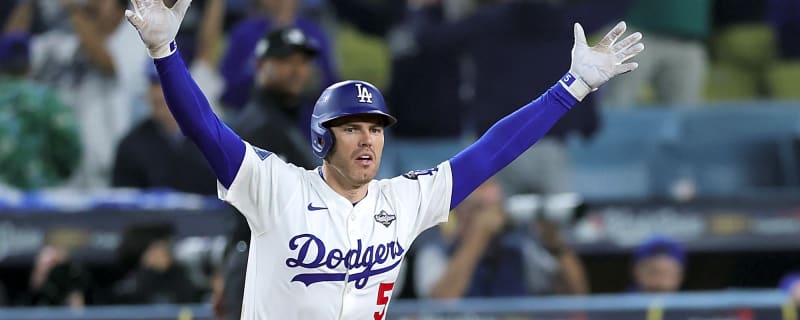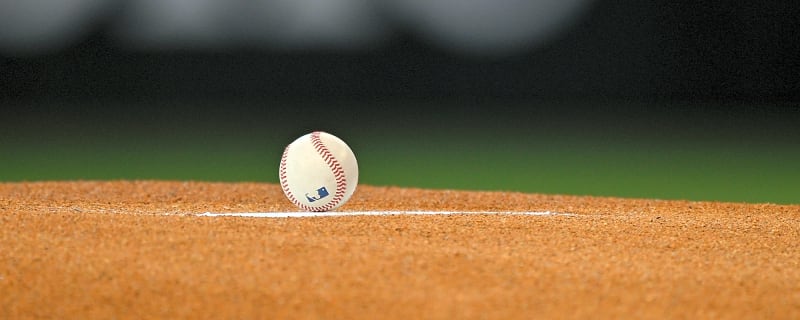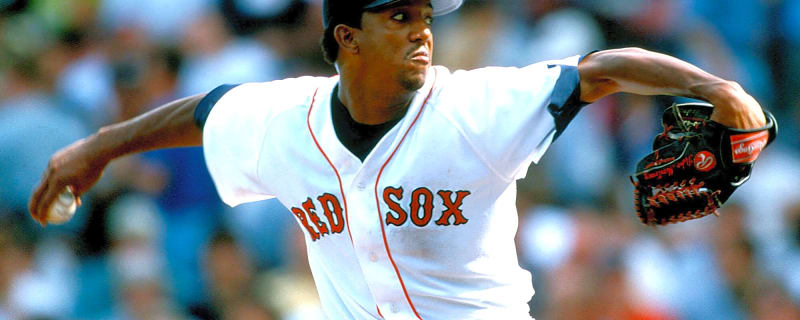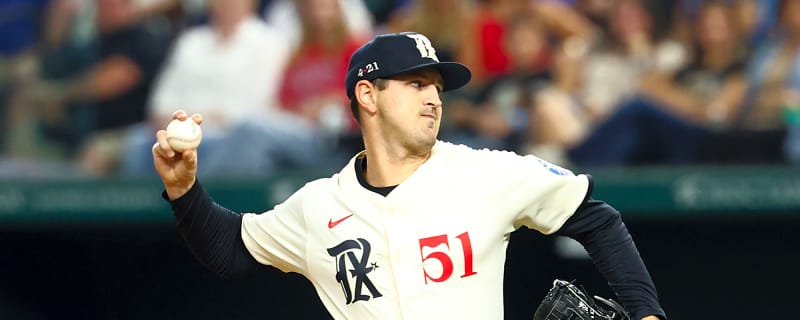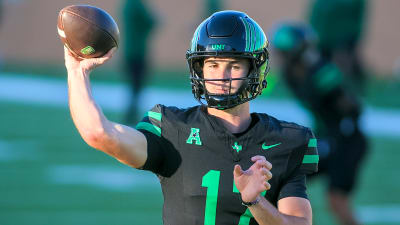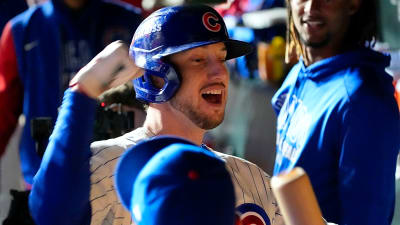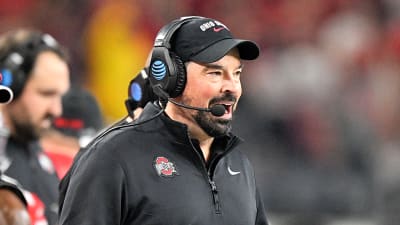- Home
- Quizzes
- My Quiz Activity
- Newsletters
- MY FAVORITES
- Add Sports/Teams
- SPORTS
-
NFL
- NFL Home
- Arizona Cardinals
- Atlanta Falcons
- Baltimore Ravens
- Buffalo Bills
- Carolina Panthers
- Chicago Bears
- Cincinnati Bengals
- Cleveland Browns
- Dallas Cowboys
- Denver Broncos
- Detroit Lions
- Green Bay Packers
- Houston Texans
- Indianapolis Colts
- Jacksonville Jaguars
- Kansas City Chiefs
- Las Vegas Raiders
- Los Angeles Chargers
- Los Angeles Rams
- Miami Dolphins
- Minnesota Vikings
- New England Patriots
- New Orleans Saints
- New York Jets
- New York Giants
- Philadelphia Eagles
- Pittsburgh Steelers
- San Francisco 49ers
- Seattle Seahawks
- Tampa Bay Buccaneers
- Tennessee Titans
- Washington Commanders
-
MLB
- MLB Home
- Athletics
- Arizona Diamondbacks
- Atlanta Braves
- Baltimore Orioles
- Boston Red Sox
- Chicago White Sox
- Chicago Cubs
- Cincinnati Reds
- Cleveland Guardians
- Colorado Rockies
- Detroit Tigers
- Houston Astros
- Kansas City Royals
- Los Angeles Angels
- Los Angeles Dodgers
- Miami Marlins
- Milwaukee Brewers
- Minnesota Twins
- New York Yankees
- New York Mets
- Philadelphia Phillies
- Pittsburgh Pirates
- San Diego Padres
- San Francisco Giants
- Seattle Mariners
- St. Louis Cardinals
- Tampa Bay Rays
- Texas Rangers
- Toronto Blue Jays
- Washington Nationals
-
NBA
- NBA Home
- Atlanta Hawks
- Boston Celtics
- Brooklyn Nets
- Charlotte Hornets
- Chicago Bulls
- Cleveland Cavaliers
- Dallas Mavericks
- Denver Nuggets
- Detroit Pistons
- Golden State Warriors
- Houston Rockets
- Indiana Pacers
- Los Angeles Clippers
- Los Angeles Lakers
- Memphis Grizzlies
- Miami Heat
- Milwaukee Bucks
- Minnesota Timberwolves
- New Orleans Pelicans
- New York Knicks
- Oklahoma City Thunder
- Orlando Magic
- Philadelphia 76ers
- Phoenix Suns
- Portland Trail Blazers
- Sacramento Kings
- San Antonio Spurs
- Toronto Raptors
- Utah Jazz
- Washington Wizards
-
NHL
- NHL Home
- Anaheim Ducks
- Boston Bruins
- Buffalo Sabres
- Calgary Flames
- Carolina Hurricanes
- Chicago Blackhawks
- Colorado Avalanche
- Columbus Blue Jackets
- Dallas Stars
- Detroit Red Wings
- Edmonton Oilers
- Florida Panthers
- Los Angeles Kings
- Minnesota Wild
- Montreal Canadiens
- Nashville Predators
- New Jersey Devils
- New York Islanders
- New York Rangers
- Ottawa Senators
- Philadelphia Flyers
- Pittsburgh Penguins
- San Jose Sharks
- Seattle Kraken
- St. Louis Blues
- Tampa Bay Lightning
- Toronto Maple Leafs
- Utah Mammoth
- Vancouver Canucks
- Vegas Golden Knights
- Washington Capitals
- Winnipeg Jets
- NCAAF
- NCAAM
- Olympics
- Boxing
- Entertainment
- Lifestyle
- Golf
- MMA
- Soccer
- Tennis
- Wrestling
- Sports Betting
- More Sports
- RESOURCES
- My Account
- YB on Facebook
- YB on Twitter
- YB on Flipboard
- Contact Us
- Privacy Policy
- Terms of Service
Red Sox reportedly make 'aggressive' offer to top free-agent target
The Boston Red Sox have not been shy about their desire to keep third baseman Alex Bregman. That may be coming closer to reality.

Three underrated MLB signings that can pay dividends in 2026
While some big names have dominated the headlines, here are three under-the-radar signings that could pay off.

Another team enters the race for Bo Bichette
Another team has joined the pursuit of Bichette.

Blue Jays continue to be all-in by signing Kazuma Okamoto
The Toronto Blue Jays have worked to improve a roster that pushed the Dodgers to extra innings in Game 7 of the World Series and have taken another step in that pursuit.

The 'Active MLB home run leaders' quiz
How many of the most prolific power hitters in baseball today can you name in 5 minutes?

Phillies throw their hats into the ring for top free agent Bo Bichette
The Philadelphia Phillies are among the big-market suitors for Bichette.
The 25 most memorable sports plays of 2025
When it comes to unforgettable plays within the 2025 sports calendar, this was truly a special year. Here's our rankings of the 25 best.
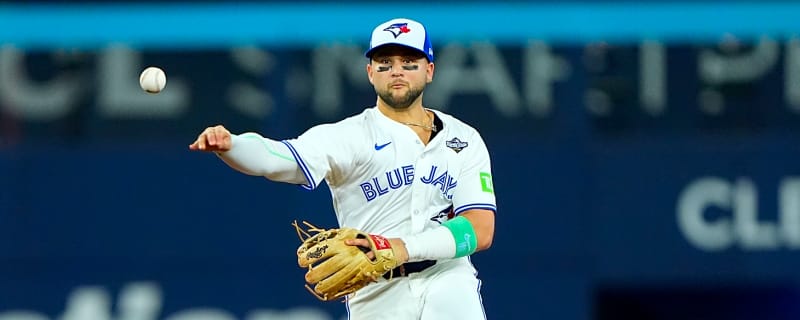
Blue Jays still have room for Bo Bichette after splash free-agent signing
The Toronto Blue Jays made a splash in free agency on Saturday.
Why righty Kona Takahashi is returning to Japan for 2026 season
Takahashi has a solid 3.39 ERA over 1,199 career innings with the Lions, and he achieved success by inducing grounders at roughly a 50 percent rate and limiting walks.
Twins sign Orlando Arcia to minor league deal
Becoming a full-fledged utilityman is probably Arcia’s best ticket to sticking in the majors as a versatile backup off the Twins’ bench.
Lenny Dykstra facing drug charges after latest arrest
Former MLB All-Star Lenny Dykstra could be facing drug charges to start the new year.
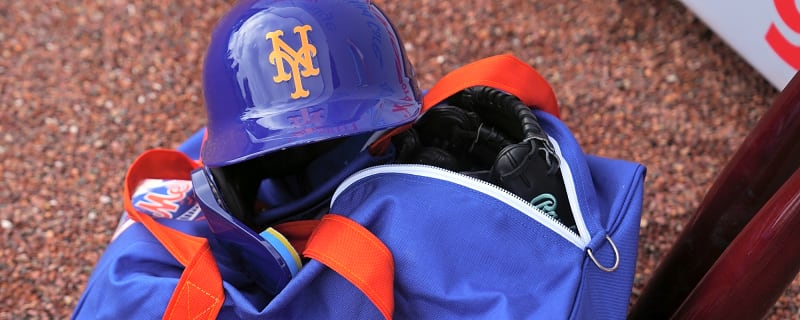
New York Mets reportedly eyeing significant free-agent move
The New York Mets offseason has been defined by the players who left the organization rather than any additions. That may be about to change.

Yankees setting themselves up to get left behind in AL East
The New York Yankees are in danger of being left behind in the AL East.
The 25 greatest pitching seasons from the modern MLB era
America's favorite pastime has more memorable performances than any sport. As such, figuring out which pitchers had the best seasons ever is no easy task.

Report: Blue Jays have made biggest offer for Kyle Tucker
Kyle Tucker is one of the best free-agent players remaining on the market, and it sounds like the Toronto Blue Jays are a top contender to land him this offseason.

Bo Bichette linked to three new contenders in free agency
Bo Bichette has some of Major League Baseball’s elite knocking on his door.
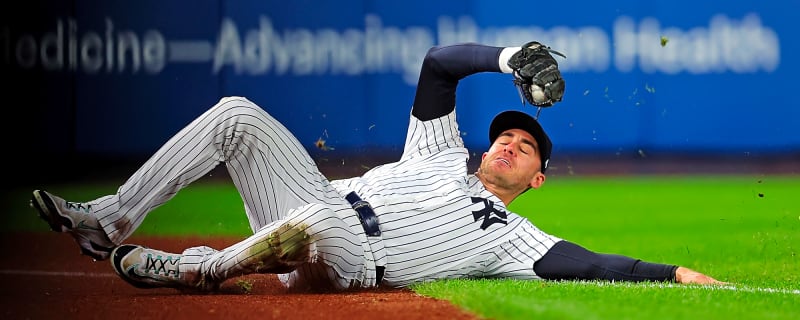
Yankees reportedly have made official offer to Cody Bellinger
General manager Brian Cashman has made no secret of the team’s desire to keep Bellinger.
The 'A.L. and N.L. RBI leaders since 2000' quiz
How many of the annual league leaders in runs batted in since the 2000 season can you name in five minutes?
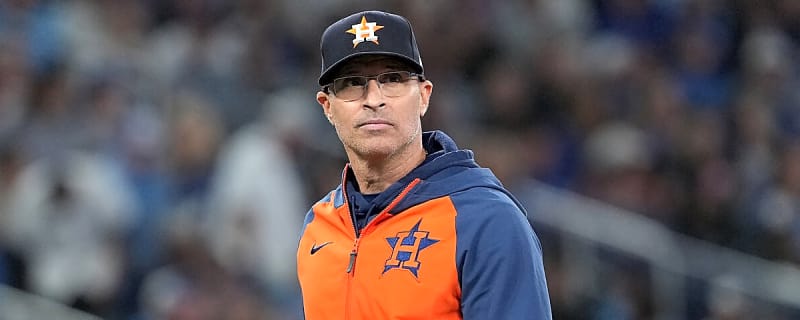
Astros start the new year off right by adding Tatsuya Imai
The Astros kicked off 2026 with a bang by adding Japanese pitcher Tatsuya Imai.
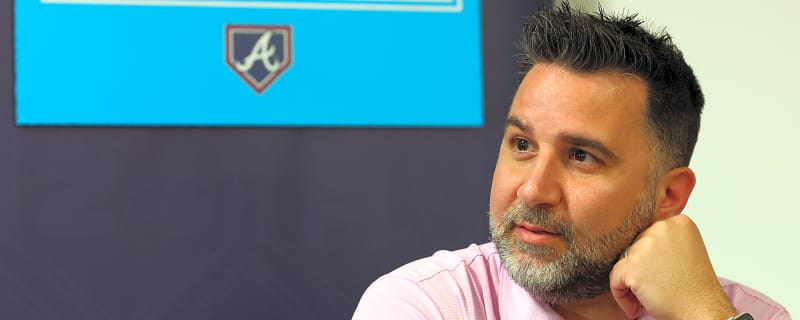
Atlanta Braves' revamped roster still missing key element
The Atlanta Braves have been active in attempting to put their disappointing 2025 season behind them.
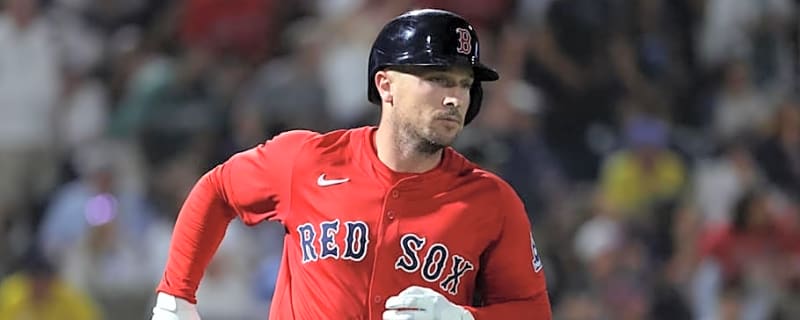
Red Sox predicted to lose Alex Bregman to dark-horse AL suitor
"Boston Red Sox third baseman Alex Bregman" no longer?
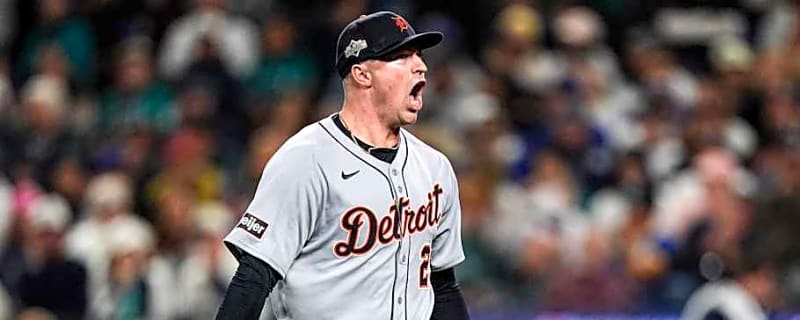
Predicting Tarik Skubal's eventual contract based on other elite arms
There has been plenty of speculation surrounding the Detroit Tigers' ace, Tarik Skubal (29), and his looming free agency. Where will he end up, and what is it going to cost?

The 'MLB sub-2.00 ERAs in the Divisional Era' quiz
How many of the 24 Major League starting pitchers that qualified for the ERA title and had an Earned Run Average of less than 2.00 since 1969 can you name in five minutes?

Athletics might not be done spending, could sign more young players to extensions ahead of Las Vegas move
The Athletics have actively locked in their core players, but they might not be done yet.
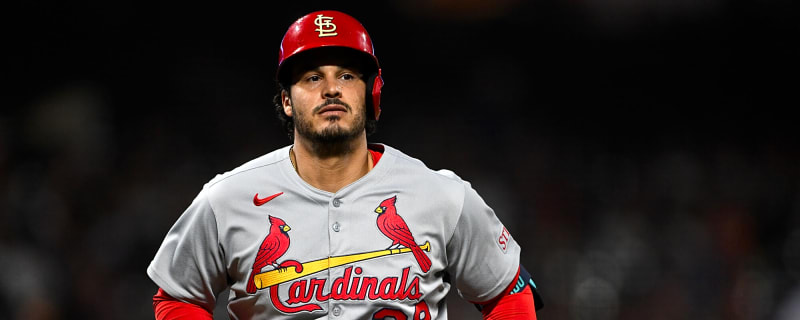
Angels eyeing Nolan Arenado trade in wake of Anthony Rendon restructure
Despite the falloff at the plate, Arenado remains an above-average fielder and a solid contact hitter.
Giants hoping Tyler Mahle will bounce back after injury-riddled season
The San Francisco Giants have agreed to a one-year deal with free-agent right-hander Tyler Mahle.
White Sox take a flier on disappointing former top prospect Jarred Kelenic
The White Sox are signing outfielder Jarred Kelenic to a minor league deal.
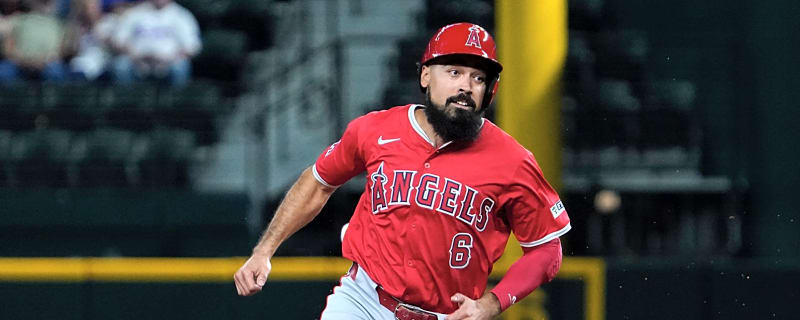
Anthony Rendon restructure will finally end Los Angeles' $245M mistake
It’s easy to forget, but Rendon’s Angels tenure started out quite well.
Breaking News
Trending News
My Favorites
Customize Your Newsletter
 +
+
Get the latest news and rumors, customized to your favorite sports and teams. Emailed daily. Always free!
PRIVACY POLICY EDITORIAL POLICY CONTACT US
ABOUT YARDBARKER TERMS OF SERVICE
Use of this website (including any and all parts and
components) constitutes your acceptance of these
Terms of Service and Privacy Policy.
This site is for entertainment purposes only.
There is no gambling offered on this site.
Gambling Problem? Call 1-800-Gambler.

 Free Newsletters
Free Newsletters